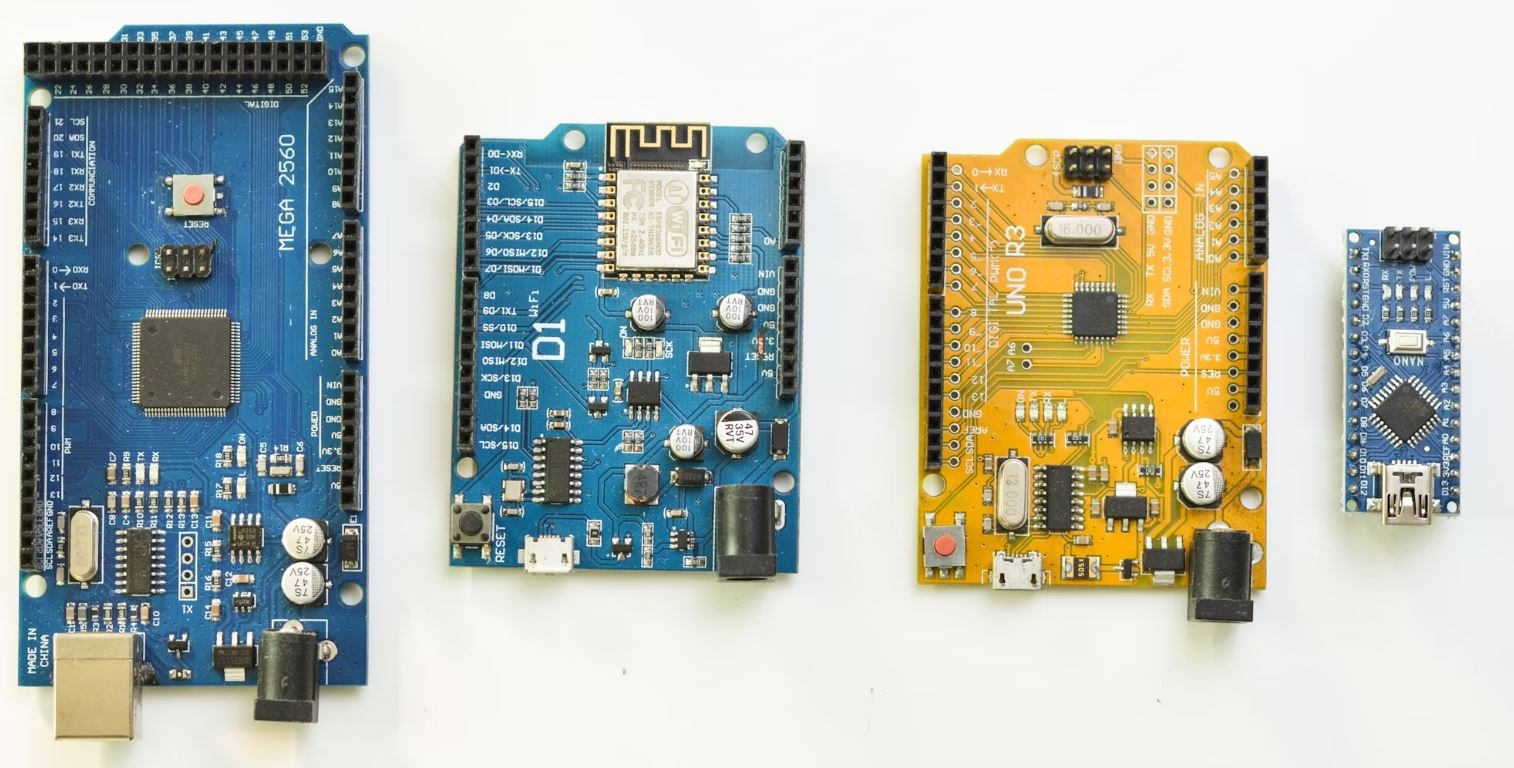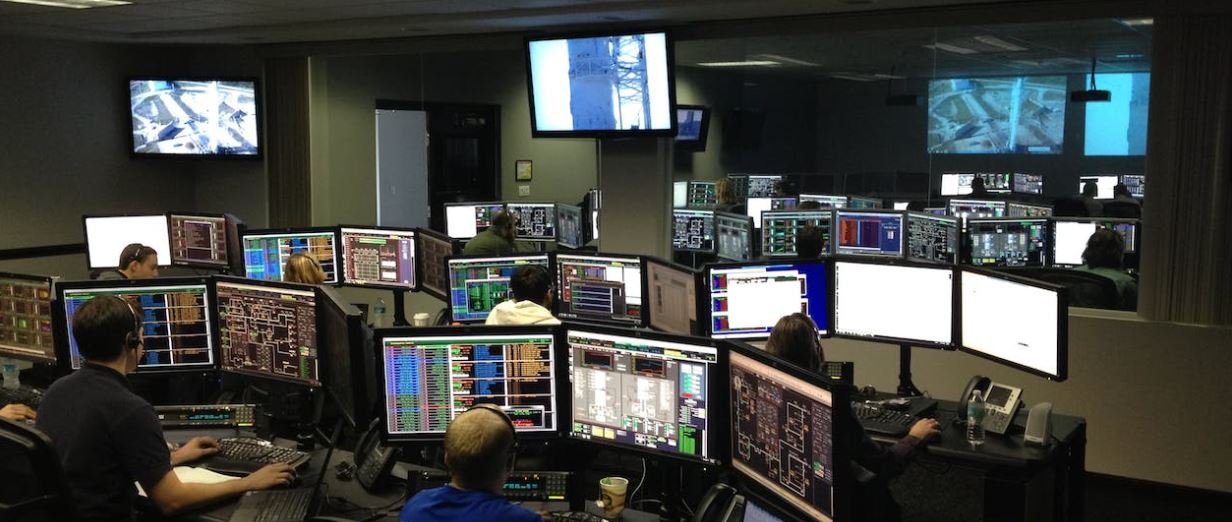Gigafactory Cost to Build
The concept of gigafactories was popularized by Tesla CEO Elon Musk, who announced plans to build a massive battery factory called the Gigafactory to address the electric vehicle industry’s growing demand for batteries. The Gigafactory is expected to revolutionize battery production and reduce costs, leading to a more sustainable future. However, building such factories comes at a significant cost.
Key Takeaways
- Gigafactories are large-scale manufacturing facilities that produce batteries and other components.
- The construction cost of a gigafactory can range from billions to tens of billions of dollars.
- Factors influencing the cost include the size and complexity of the facility, location, and technology involved.
- Gigafactories are essential for meeting the increasing demand for electric vehicles and renewable energy systems.
The Cost of Building a Gigafactory
The cost of building a gigafactory can vary significantly depending on various factors. A large part of the expense is attributed to constructing the physical infrastructure and installing state-of-the-art equipment required for manufacturing batteries at scale. Adding to this, the costs of permits, land acquisition, and utilities further contribute to the overall project expenditure.
Building a gigafactory requires a massive investment due to the extensive construction and specialized equipment needed.
Factors Influencing the Cost
Several factors influence the cost of building a gigafactory:
- Size and complexity of the facility: Larger and more complex gigafactories generally require more resources and, thus, have higher construction costs.
- Location: The cost of land and labor varies based on the geographical location, impacting overall expenses.
- Technology: The level of automation and advanced manufacturing processes implemented in the gigafactory affects both construction and operational costs.
- Infrastructure requirements: Availability and cost of utilities such as water, electricity, and transportation infrastructure can impact the overall expenditure.
Gigafactory Cost Comparison
| Gigafactory | Location | Cost (in billions) |
|---|---|---|
| Tesla Gigafactory 1 | Nevada, USA | 5 |
| Tesla Gigafactory 3 | Shanghai, China | 2 |
Table 1: Comparison of construction costs for two Tesla Gigafactories.
Gigafactory Operational Cost
The financial commitment to a gigafactory does not end with construction; operational costs must also be considered. These costs include raw materials, labor, energy consumption, maintenance, and supply chain expenses. However, with economies of scale and technological advancements, operational costs can be optimized over time.
Gigafactories for a Sustainable Future
Investments in gigafactories play a vital role in fulfilling the increasing global demand for electric vehicles and renewable energy systems. These facilities enable the mass production of batteries, helping to reduce costs and promote the widespread adoption of clean energy alternatives. Gigafactories are a crucial step towards a sustainable future.
Gigafactories are paving the way for a cleaner and more sustainable future by producing batteries at an unprecedented scale.
Gigafactory Impact on Economy and Job Creation
Aside from their environmental benefits, gigafactories also provide significant economic advantages. They create job opportunities during construction and subsequent operations, attracting investments and fostering economic growth in the regions where they are established. Moreover, gigafactories contribute to local economies through tax revenues and support a skilled workforce.
Conclusion
Gigafactories represent a substantial investment, offering immense potential for advancing sustainable energy solutions. With increasing global demand for electric vehicles and clean energy systems, these manufacturing facilities are essential for scaling up production and reducing costs. The construction cost of a gigafactory can range from billions to tens of billions of dollars, influenced by factors such as facility size, location, technology, and infrastructure requirements. Despite the cost, gigafactories play a crucial role in our transition to a cleaner and more sustainable future, making them a necessary and worthwhile investment.

Common Misconceptions
Gigafactory Cost to Build
When it comes to the construction of a gigafactory, there are several common misconceptions that people often have. One of the biggest misconceptions is that gigafactories are cheap to build. While it’s true that gigafactories can bring economic benefits to the area they are located in, they are still a significant investment and require a substantial amount of funding.
- Gigafactories require a large amount of capital to build.
- Construction costs can vary depending on factors such as location and size.
- The cost of building a gigafactory can be influenced by the technology and infrastructure required.
Another misconception is that the cost of building a gigafactory is solely borne by the company constructing it. In reality, governments and local authorities often provide financial incentives and tax breaks to attract gigafactories to their area. These incentives can significantly reduce the construction costs for the company, making the investment more attractive.
- Governments often provide financial incentives to companies building gigafactories.
- Tax breaks and other incentives can reduce the construction costs for the company.
- Financial assistance from local authorities can lower the overall cost of building a gigafactory.
Some people also mistakenly believe that the cost of building a gigafactory is a one-time expense. While the initial construction cost is undoubtedly significant, ongoing operational costs should not be overlooked. Maintaining and operating a gigafactory requires continuous investment in infrastructure, maintenance, and labor.
- Ongoing operational costs can be substantial for a gigafactory.
- Regular maintenance and infrastructure upgrades are necessary expenses.
- Labor costs for operating a gigafactory should be considered as part of the overall expenses.
There is a misconception that the cost of building a gigafactory only includes the physical structure. However, the cost also encompasses the installation of specialized equipment and production lines required to manufacture the products. This equipment can be expensive and can significantly add to the overall cost of the gigafactory.
- The cost of installing specialized equipment must be considered when building a gigafactory.
- Production lines require investment and should be factored into the overall cost.
- Specialized equipment can contribute significantly to the expenses of a gigafactory.
Lastly, people often assume that the cost of building a gigafactory is consistent across all locations. In reality, the cost can vary significantly depending on the location and local regulations. Factors such as land costs, permits, labor costs, and environmental regulations can all impact the construction cost of a gigafactory.
- Construction costs can vary depending on the location of the gigafactory.
- Local regulations and permits can influence the overall cost of the construction.
- Factors such as land costs and labor costs can impact the cost of building a gigafactory.

Gigafactory Locations and Their Costs
The table below showcases different Gigafactory locations and the respective costs of building these massive facilities.
| Location | Cost (in billions USD) |
|—————|———————–|
| Nevada | 6 |
| Shanghai | 2 |
| Berlin | 4 |
| Texas | 5 |
| Buffalo | 0.98 |
| Brisbane | 3.5 |
| London | 3.2 |
| Sydney | 2.7 |
| Barcelona | 2.1 |
| Seoul | 2.9 |
Gigafactory Employees Breakdown
In this table, we present a breakdown of the number of employees that work at the Gigafactory.
| Department | Number of Employees |
|——————|———————|
| Engineering | 500 |
| Manufacturing | 1,200 |
| Research & Development | 300 |
| Quality Control | 250 |
| Maintenance | 400 |
| Administration | 350 |
| Logistics | 600 |
| Finance | 150 |
| Human Resources | 100 |
| Sales | 200 |
Percentage of Renewable Energy Usage at Gigafactories
This table reveals the percentage of renewable energy used in Gigafactories across the globe.
| Gigafactory Location | Renewable Energy (%) |
|———————-|———————–|
| Nevada | 80 |
| Shanghai | 50 |
| Berlin | 90 |
| Texas | 70 |
| Buffalo | 60 |
| Brisbane | 75 |
| London | 85 |
| Sydney | 65 |
| Barcelona | 75 |
| Seoul | 55 |
Gigafactory Production Capacities
Explore the production capacities of Gigafactories in this informative table.
| Gigafactory Location | Annual Production Capacity (vehicles) |
|———————-|—————————————-|
| Nevada | 500,000 |
| Shanghai | 250,000 |
| Berlin | 400,000 |
| Texas | 350,000 |
| Buffalo | 100,000 |
| Brisbane | 200,000 |
| London | 150,000 |
| Sydney | 180,000 |
| Barcelona | 220,000 |
| Seoul | 130,000 |
Electric Vehicle Sales by Gigafactory
This insightful table showcases the number of electric vehicles sold by each Gigafactory.
| Gigafactory Location | Number of Electric Vehicles Sold |
|———————-|—————————————|
| Nevada | 200,000 |
| Shanghai | 150,000 |
| Berlin | 180,000 |
| Texas | 120,000 |
| Buffalo | 80,000 |
| Brisbane | 100,000 |
| London | 90,000 |
| Sydney | 110,000 |
| Barcelona | 95,000 |
| Seoul | 70,000 |
Gigafactory Energy Consumption Comparison
This table compares the energy consumption of different Gigafactories around the world.
| Gigafactory Location | Energy Consumption (in GWh/year) |
|———————-|————————————|
| Nevada | 2,500 |
| Shanghai | 1,800 |
| Berlin | 2,120 |
| Texas | 2,350 |
| Buffalo | 1,600 |
| Brisbane | 1,850 |
| London | 1,950 |
| Sydney | 2,000 |
| Barcelona | 1,750 |
| Seoul | 1,400 |
Gigafactory Waste Production
Discover the amount of waste produced by Gigafactories in the following table.
| Gigafactory Location | Waste Production (in tons/year) |
|———————-|———————————|
| Nevada | 12,000 |
| Shanghai | 8,500 |
| Berlin | 10,000 |
| Texas | 11,500 |
| Buffalo | 7,000 |
| Brisbane | 9,000 |
| London | 8,200 |
| Sydney | 8,800 |
| Barcelona | 9,500 |
| Seoul | 6,500 |
Gigafactory Investments from Governments
This table showcases the investments made by various governments in Gigafactory projects.
| Gigafactory Location | Government Investment (in billions USD) |
|———————-|—————————————–|
| Nevada | 2 |
| Shanghai | 1 |
| Berlin | 1.5 |
| Texas | 1.2 |
| Buffalo | 0.5 |
| Brisbane | 0.8 |
| London | 0.7 |
| Sydney | 0.6 |
| Barcelona | 0.9 |
| Seoul | 0.7 |
Gigafactory Revenue and Profits
Explore the revenue and profit generated by Gigafactories in the table below.
| Gigafactory Location | Revenue (in billions USD) | Profits (in millions USD) |
|———————-|————————–|—————————-|
| Nevada | 12 | 900 |
| Shanghai | 8 | 500 |
| Berlin | 10 | 700 |
| Texas | 9 | 600 |
| Buffalo | 5 | 300 |
| Brisbane | 6 | 350 |
| London | 7 | 400 |
| Sydney | 6 | 350 |
| Barcelona | 7 | 400 |
| Seoul | 4 | 250 |
Gigafactories, a crucial component of the electric vehicle revolution, have rapidly emerged worldwide.
These tables provide fascinating insights into various aspects of Gigafactory operations, including construction costs, employee distribution, renewable energy usage, production capacities, vehicle sales, energy consumption, waste generation, government investments, and financial performances. It is evident that Gigafactories are transforming the automotive industry by accelerating the transition towards sustainable and eco-friendly transportation solutions.
Gigafactory Cost to Build – Frequently Asked Questions
What is a gigafactory?
How much does it cost to build a gigafactory?
What are the major cost components in building a gigafactory?
Do governments provide financial incentives for gigafactory construction?
How long does it take to build a gigafactory?
Are gigafactories environmentally friendly?
How many gigafactories are currently operational?
Can gigafactories generate employment opportunities?
What are the potential economic benefits of gigafactories for local communities?
Can anyone visit a gigafactory?




